Author: Soham suthar
Date: 04-12-2024
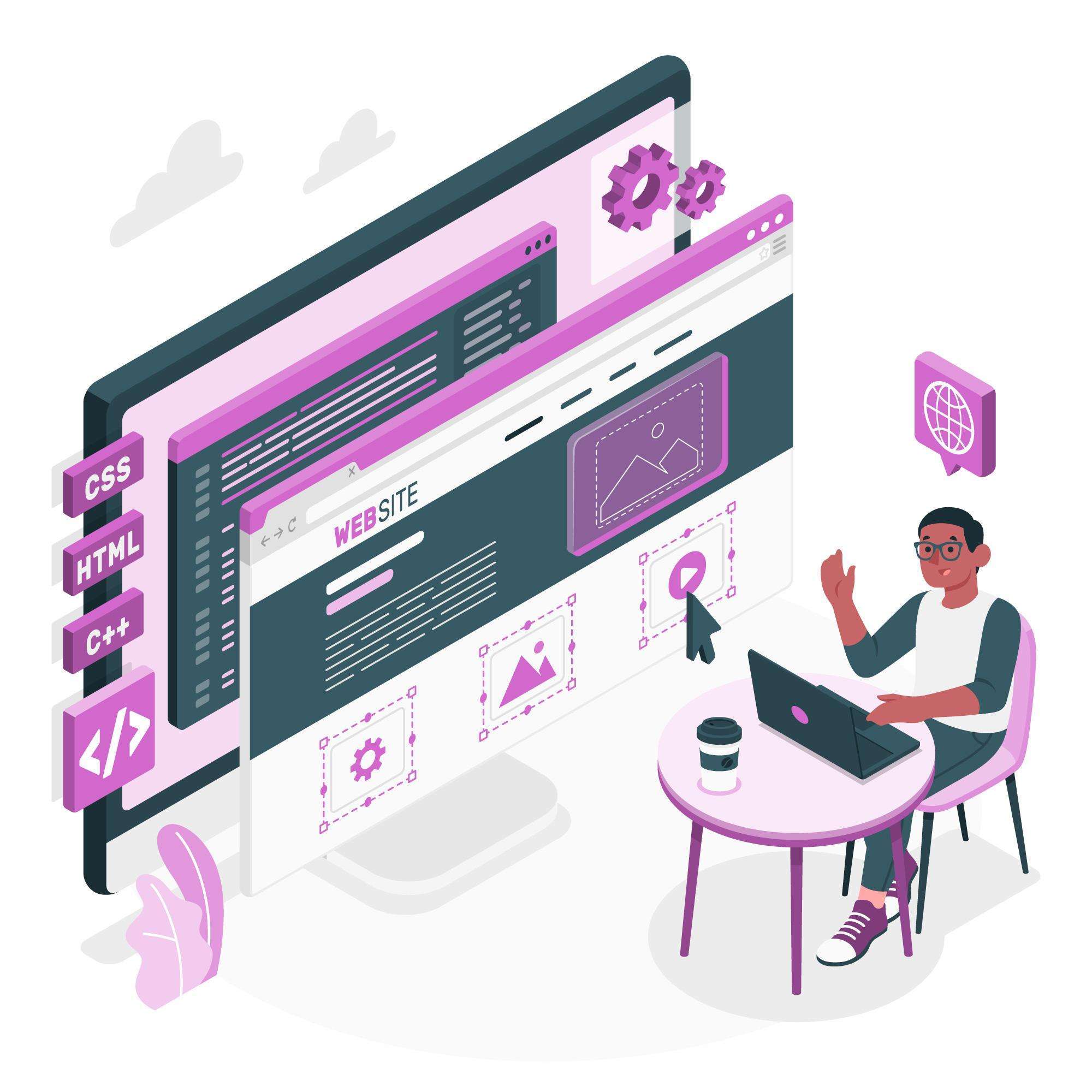
Businesses and individuals sometimes misunderstand the terms "web portals" and "websites" in the digital age. Despite their apparent similarities, they have various functions and serve different objectives. Businesses must comprehend these distinctions, particularly those aiming to create mobile applications or have an online presence. With an emphasis on their structure, capabilities, and uses in the current digital environment, we will examine the primary distinctions between web portals and websites in this piece. We'll also examine the connections between these ideas and the creation of mobile applications, specifically as they pertain to a website development company.
1. What is a Website?
Several linked web pages, usually related to one another and offering services or information, make up a website. Websites are a one-way communication tool that users can use to access information. They can be static or dynamic. People can use them for leisure, education, business, or personal purposes.
Key Features of Websites:
- Public Accessibility: Anyone with an internet connection can visit websites.
- Static or Dynamic Content: Websites contain text, pictures, videos, and other multimedia components. They can be either dynamic (stuff that changes frequently) or static (content that doesn't change).
- User Engagement: Some websites have interactive features like contact forms, surveys, and comment sections, but most just allow one-way communication.
Examples of Websites:
- These are websites for businesses that display goods or services.
- News websites or blogs that post updates and articles are available.
- Websites that facilitate online buying.
2. What are Web Portals?
Conversely, a web portal is a more intricate, customized platform designed for certain users. Web portals compile and make multiple forms of information, services, and applications accessible in one place. Portals are interactive and user-specific, since they frequently require users to log in in order to receive personalized content.
Key Features of Web Portals:
- Personalized Access: Web portals offer personalized access by tailoring services and content to the user's login information and preferences.
- Authentication and Authorization: In order to access specific features or data, users must sign in to the majority of portals.
- Aggregation of Services: Portals give users access to a wide range of features, tools, and services in one convenient area, including document sharing, email, forums, and much more.
Examples of Web Portals:
- Employee intranet portals for corporations.
- Portals for teacher and student education.
- Government websites where citizens can obtain services.
3. Key Differences Between Websites and Web Portals
| Feature | Website | Web Portal |
|---|---|---|
| Purpose | To provide general information | To provide personalized services and information |
| User Interaction | Limited (one-way communication) | High (two-way communication, personalized content) |
| Authentication Required | No | Yes, typically requires login |
| Content Customization | Minimal customization | Extensive customization based on user roles |
| User Roles | No roles or permissions | Multiple roles with varying levels of access |
| Example | Business websites, Blogs, E-commerce | Employee portals, Educational portals, Government portals |
| Complexity | Less complex, straightforward | More complex, involves dynamic data and services |
4. Website Functionalities
Websites serve specific functions such as showcasing services, selling products, or providing information. A website's primary features include:
- Information Delivery: The main purpose of websites is to provide either static or dynamic content. A company website, for instance, might offer information about goods or services.
- Websites frequently display a variety of media, such as pictures, movies, and downloadable materials.
- E-commerce Features: A lot of websites have e-commerce features, like online stores that let customers buy things straight from the website.
- Interactive elements: To encourage user interaction, websites may include elements like surveys, contact forms, and subscription forms.
For instance, a company website may include a contact page, product listings, an about us page, and a homepage. Although each part has a distinct function, there is little room for user engagement or customization.
5. Web Portal Functionalities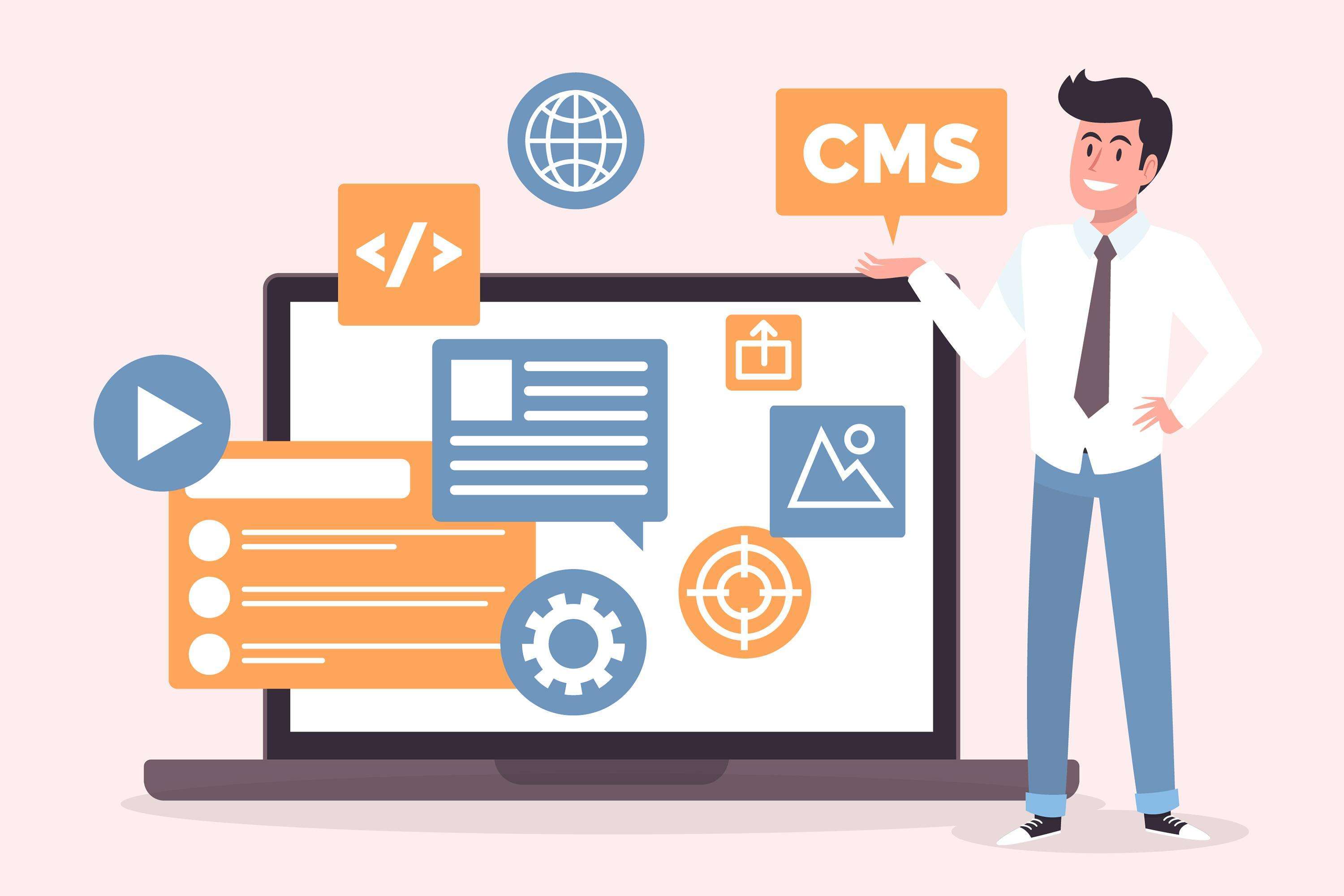
Web portals are more sophisticated platforms that combine various services and tools to facilitate user interaction. The following are a web portal's main features:
- User authentication: Users must enter a unique username and password to access the majority of portals. Once they check in, users can access services and content that suit their requirements.
- Content aggregation: Web portals combine data and services, frequently from multiple sources, into a single, centralized platform. This covers things like emails, news feeds, and papers.
- Collaboration Tools: Discussion boards, chat apps, and group document editing are just a few of the capabilities that many portals offer.
- Customized Content: Portals provide customized content based on the roles or preferences of their users. For instance, depending on the user's position within the organization, the employee portal may display HR tools, job openings, and internal news.
- Access to External Apps: Through the portal interface, users may be able to access third-party tools or applications. For instance, after logging in, a user may be able to access project management tools, company news, HR documentation, and an events calendar through an employee portal.
6. Web Portals' Advantages over Websites
Websites and web portals each have unique advantages. Below is a summary of the benefits that each offers:
- Benefits of Websites:
- Wider Audience Reach. Websites are ideal for organizations looking to reach a large audience because they are accessible to everyone with an internet connection.
- Easier to create and manage: Because websites are usually simpler than portals, they are easier and less expensive to create and manage.
- Cost-effective Marketing: A website can effectively promote products, services, and brand identification.
- Benefits of Web Portals:
- User Personalization: Web portals offer a more tailored experience, which can increase user satisfaction and engagement.
- Centralized Services: Portals are perfect for businesses that need to combine several systems in one location because they bring together a variety of services and data.
- Improved User Management: Portals can better manage users by offering a variety of roles and access levels, guaranteeing that only authorized users can access sensitive information.
7. When Should You Choose a Web Portal or Website?
The requirements of your company or organization will determine whether you choose a website or a web portal. This guide will assist you in making a decision:
- Select a website in the event that:
- You want to minimize user interactions while reaching a large audience.
- Providing information about your company, goods, or services is your aim.
- You must offer goods online as part of your e-commerce enterprise.
- Neither user authentication nor personalization are necessary for your content.
- Select a portal if:
- You require a platform that offers users personalized services and content.
- Your company needs access to a variety of resources, such as employee or customer support portals and secure login systems.
- You wish to provide a single site for a collection of services, including documents, emails, and third-party tools.
- You must manage several user roles with varying levels of access.
8. Developing Mobile Apps and How They Connect to Websites and Portals
Businesses are looking more and more to develop mobile apps that enhance their websites and portals as smartphones become more popular. Consider the translation of the user experience from a portal or website to mobile apps. A mobile app development company in India and an app development company in India play a crucial role as companies in India and around the world search for methods to increase their digital presence. A well-designed mobile application can provide features that are comparable to those of a web portal, but in a manner that is more suited for mobile devices.
- Website Mobile App Development: By bringing a website's features and content to mobile devices, a mobile app can guarantee a smooth user experience across all platforms.
- Web Portal Mobile App Development: To enable customers to access personalized content and services while on the go, numerous companies provide mobile applications for portals.
Principal Advantages of Mobile Apps:
- Improved User Engagement: Through convenient access and push notifications, apps improve user engagement and retention.
- Offline Access: Users can access specific functionalities of mobile apps without an internet connection, in contrast to websites or portals.
- Personalization: To provide individualized experiences, mobile apps can use device characteristics like GPS, cameras, and sensors.
Conclusion
In summary, web portals and websites both fulfill important functions in the digital age, yet they address distinct requirements. While web portals provide specialized user groups with sophisticated functionality, they are best suited for presenting goods or services to a broad audience.
Think about your target audience, the degree of engagement needed, and the features you require while establishing an online presence. Additionally, whether you're working with a website or a web portal, using mobile apps created by an Indian mobile app development business will help you increase user engagement and broaden your digital presence.
By understanding platform differences, businesses can better create and manage digital assets for maximum impact.
30Your choice of weapon
Build your Apps for any Platform
We to code. It's our passion
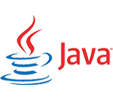


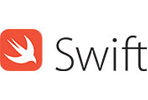
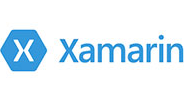
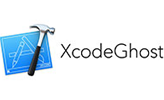

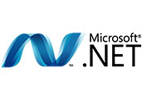


you can also reach us at our given
email address or phone number.




